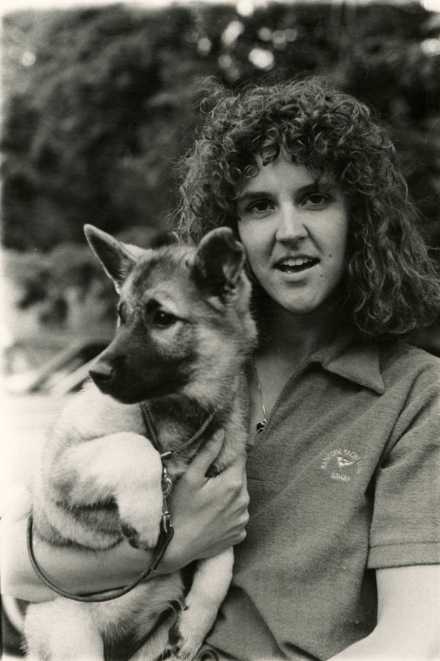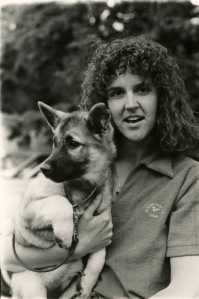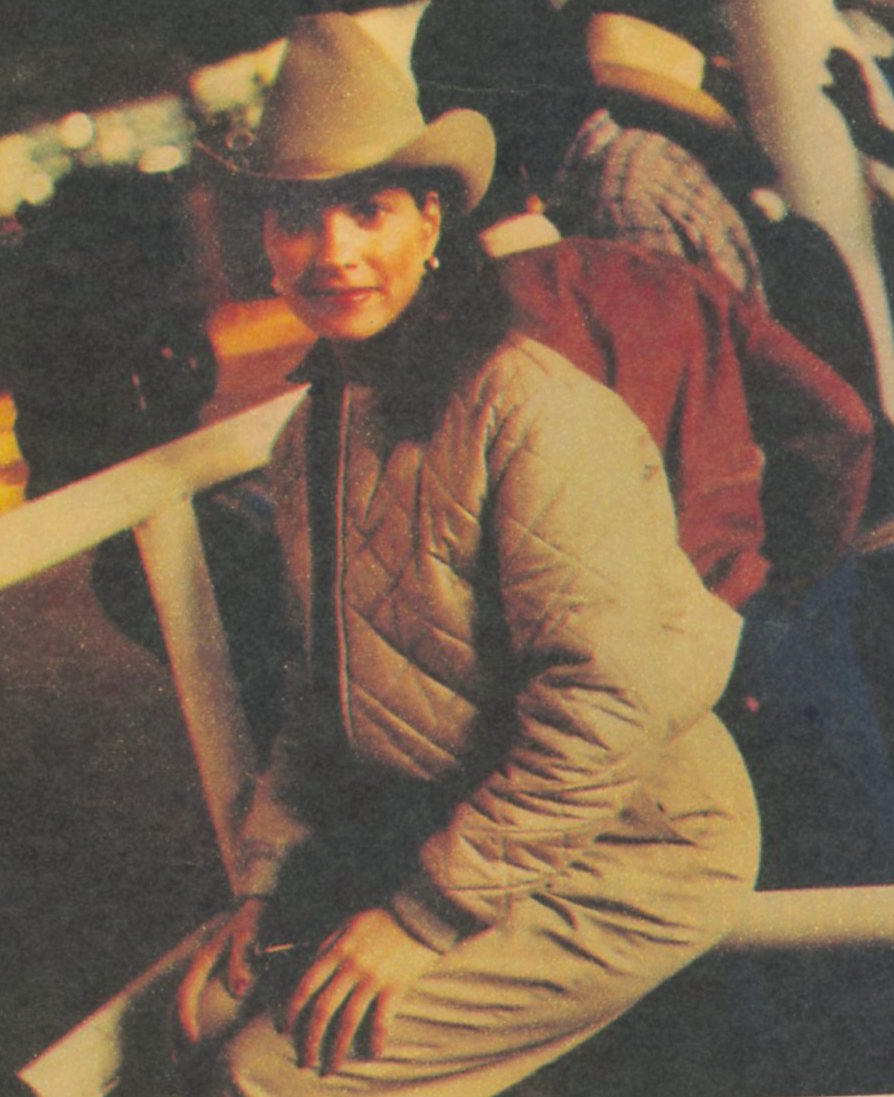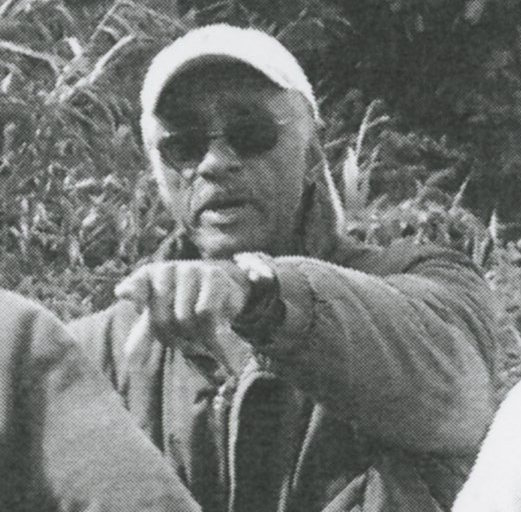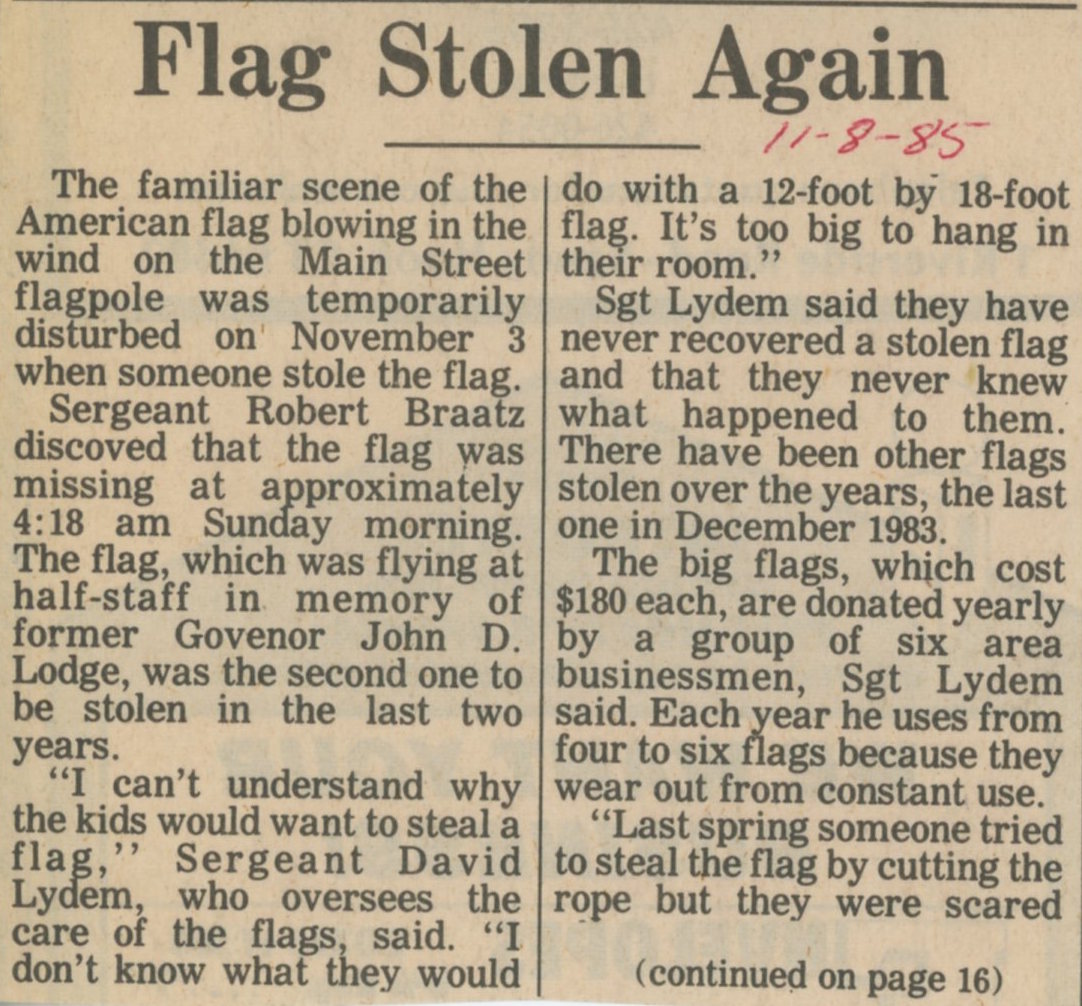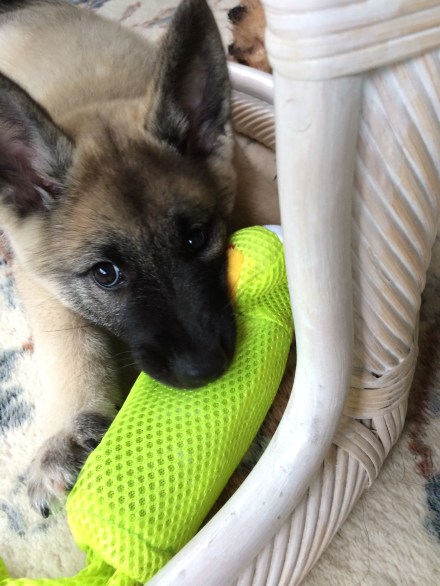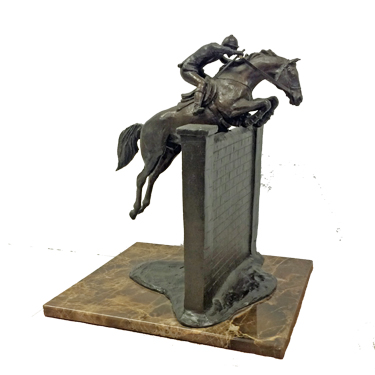Beyond binging on comfort food during this pandemic, today I need a comfort horseback ride after yet another zoom meeting and another masked supermarket trip. My ride begins with a meditation of sorts—grooming the horse. Big Bea loves to roll in the manure pile, I believe to spite me so I will groom her more. When I give her this “spa treatment” her pendulous lower lip quivers. Before I sling my saddle on her back, I clean the savage beast of dirt and debris. Each flick of the brush dispatches dust and dung. A final pull of the comb through her mane and tail finishes the routine.
When I settle into my buff-colored saddle and pick up the reins to her gleaming copper bit, Big Bea perks up, ears prick forward. This 18-year-old, mighty Percheron “flea-bitten” gray draft, sparkles brilliantly white in the dark landscape. She is covered in tiny smudge marks, like someone took a charcoal pencil and drew dashes all over her coat. Her round, powerful rump devoid of this artistry, propels us deeper into the woods.
Astride I scan for flora and fauna. I spot a cacophony of chipmunks, and fortunately, I don’t see the brown bear spotted in the neighborhood last week. As we advance, Bea breathing heavy as she moves her 1,800 pounds up a steep incline, I spot the flora I’ve been waiting years to see—Mountain Laurel in bloom.
Tiny white cups perched on shiny, dark green, almond-shaped leaves, precariously dangling off twisted, woody branches. I reach out to touch the delicate blooms, its insides filled with fine lines of pink and red dots dancing inside the pentagonal design. My gloved hand prevents the tactile thrill of petal touching I yearn for. We move along the ferns, a deep, lacy carpet Big Bea’s legs gingerly move out of the way as she trots along. Swish, swish, swish, like an equine metronome keeping the rhythm of exploration.

Riding alone in the dense forest through thick underbrush, across clear streams, and into lush meadows comforts me, ironically, from the isolation of staying home. There are no sounds of humanity, or email alerts, just nature. I see not a traffic sign nor hear a car, the stillness only broken by the screech of an owl, the caw of a crow, or the lyrics of songbirds.
When we exit the woods into an acres-wide great meadow on my way home, I am thrust into a riot of sunshine, vibrating grasses, and scattering red-winged blackbirds. If I am lucky, I see the jet-black Swifts darting across a blue sky in a feeding frenzy. It’s here Big Bea stops to graze. She lowers her head to snatch long clumps of moist grass, her comfort food. Her molars grinding the stalks root me in a horse’s purpose in the landscape. Eat grass, poop to fertilize, grow more grass. A shifting wind gathers across the field, tall grasses sashaying, waving to us. I inhale the scenery of calm.



